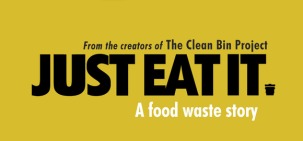The Sanitation Districts of Los Angeles County have spent a decade and $430 million building a railway system to haul trash to a desert landfill, but the system is sitting idle because it is too expensive to use.
Instead, Los Angeles County is dumping its trash in Orange County, where space in the Brea and Irvine landfills is plentiful and half the $80-per-ton cost of using the trash train.
County sanitation officials acknowledge that they miscalculated when planning the trash train, and they say it won’t be economical enough to use for at least five years, maybe not for 15 years. And an independent environmental engineer who monitors trash markets in California said it could take even longer.
“The market is over-saturated with capacity and is extremely competitive,” said Evan Edgar of Edgar & Associates Inc., a Sacramento-based environmental engineering and lobbying firm. “Southern California has 2 billion cubic yards of remaining disposal capacity that could easily last the next 100 years.”
When the Sanitation Districts of Los Angeles County started considering the rail system in 1991, the county appeared headed for a trash crisis. Landfill space was running out, getting more space looked unlikely, and the public didn’t want more dumps in L.A. County.
So the district came up with a plan: raise fees for trash haulers, which they passed on to the residents and businesses, and use the money to help pay for a railway system running to a huge new desert landfill.
But major changes in the trash markets happened — Local landfills got permits to expand their business, opening up lower-cost alternatives for trash haulers, the economic downturn caused consumers to buy and build less, meaning less trash overall, and the economy increased their recycling efforts.
There was no longer a need for waste-by-rail. So, the new rail stations, bridges and track running 200 miles into the desert will remain on standby. Estimated cost: $300,000 per year. The 4,000-square-acre Mesquite Regional Landfill will remain empty, save for a single geologist in charge of overseeing the property.



